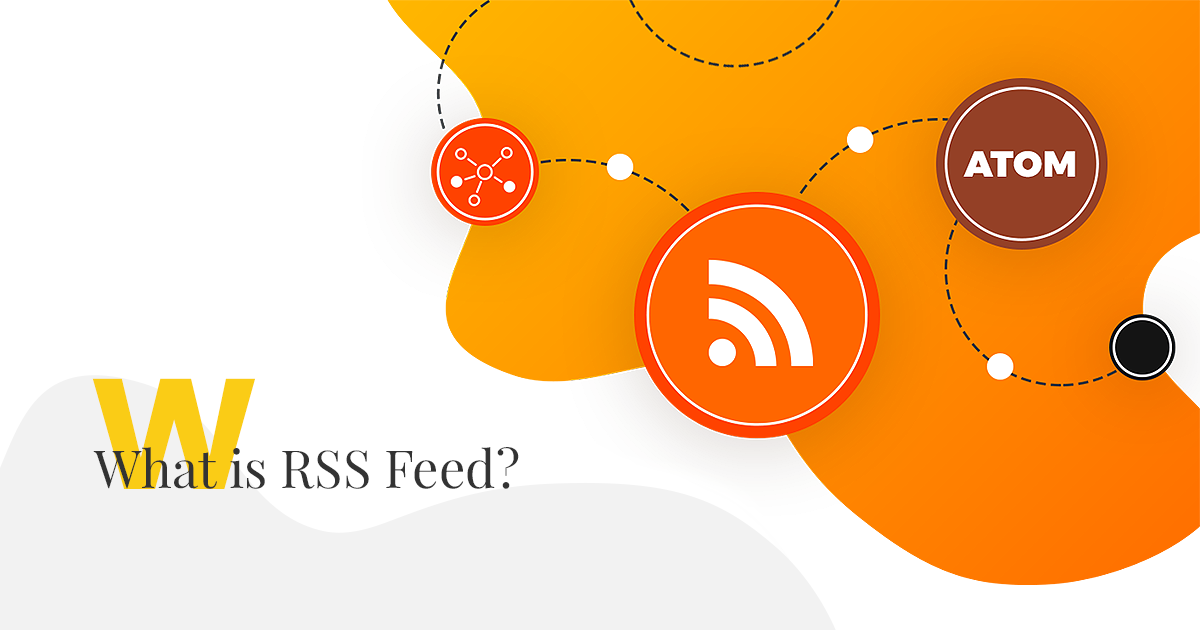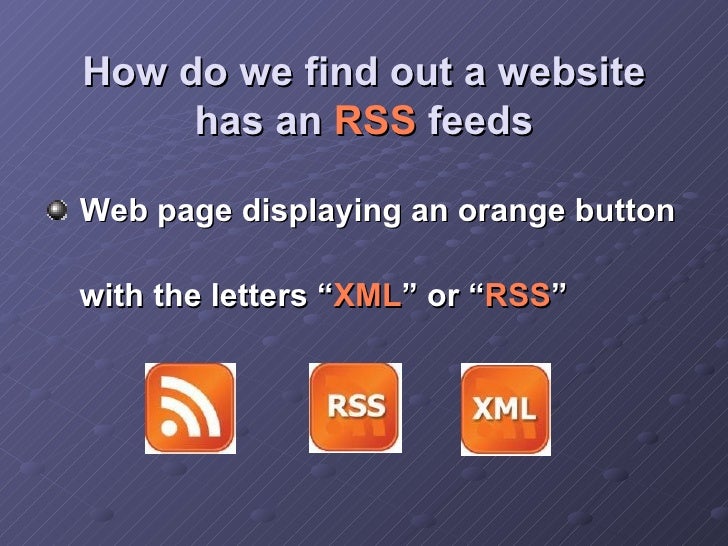

 Advertiser Bottom Line: Advertising in feeds overcomes many of the shortcomings that traditional marketing channels encounter including spam filters, delayed distribution, search engine rankings, and general inbox noise. Publisher Bottom Line: Feeds permit instant distribution of content and the ability to make it "subscribable.". Consumer Bottom Line: Subscribing to feeds makes it possible to review a large amount of online content in a very short time. You can now streamline your online experience by subscribing to specific content feeds and aggregating this information in one place to be read when you're ready. Technology evolution in online publishing has made it really easy to not only publish regular updates to web-based content, but also keep track of a large number of your favorite websites or blogs, without having to remember to check each site manually or clutter your email inbox. These icons represent content in any format - text, audio or video - to which you can subscribe and read/watch/listen using a feed reader. You may recognize the universal feed icon or these "chicklets" from your favorite websites, blogs, and podcasts. Feeds also make it possible for site content to be packaged into "widgets," "gadgets," mobile devices, and other bite-sized technologies that make it possible to display blogs, podcasts, and major news/sports/weather/whatever headlines just about anywhere.
Advertiser Bottom Line: Advertising in feeds overcomes many of the shortcomings that traditional marketing channels encounter including spam filters, delayed distribution, search engine rankings, and general inbox noise. Publisher Bottom Line: Feeds permit instant distribution of content and the ability to make it "subscribable.". Consumer Bottom Line: Subscribing to feeds makes it possible to review a large amount of online content in a very short time. You can now streamline your online experience by subscribing to specific content feeds and aggregating this information in one place to be read when you're ready. Technology evolution in online publishing has made it really easy to not only publish regular updates to web-based content, but also keep track of a large number of your favorite websites or blogs, without having to remember to check each site manually or clutter your email inbox. These icons represent content in any format - text, audio or video - to which you can subscribe and read/watch/listen using a feed reader. You may recognize the universal feed icon or these "chicklets" from your favorite websites, blogs, and podcasts. Feeds also make it possible for site content to be packaged into "widgets," "gadgets," mobile devices, and other bite-sized technologies that make it possible to display blogs, podcasts, and major news/sports/weather/whatever headlines just about anywhere. 
Feeds permit subscription to regular updates, delivered automatically via a web portal, news reader, or in some cases good old email. What are feeds? I see "RSS", "XML", and "Atom" out there, but I don't know how I might use these links when I find them.įeeds are a way for websites large and small to distribute their content well beyond just visitors using browsers.







 0 kommentar(er)
0 kommentar(er)
